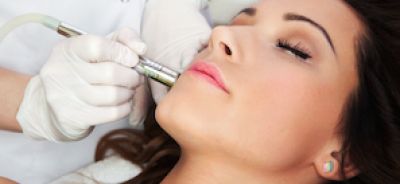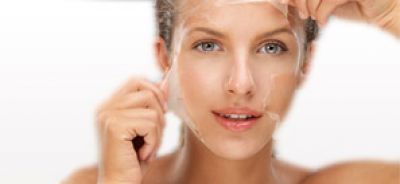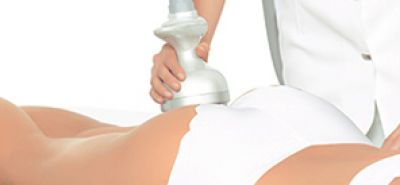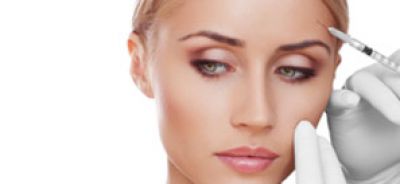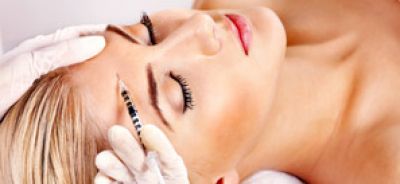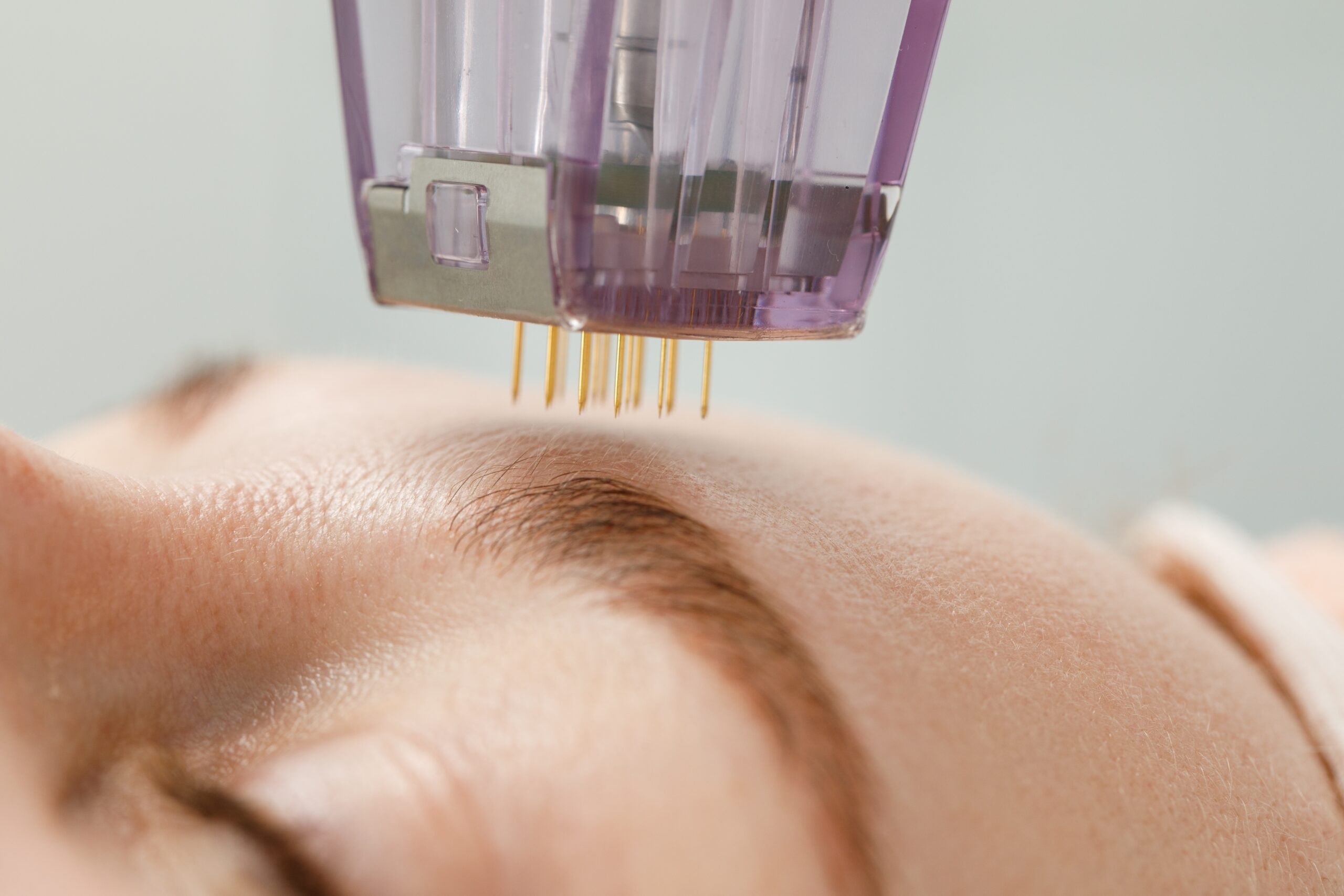Rejuvenation of the skin
"Aeternum splendet cutis."
The skin shines eternally.
As we age, the skin inevitably changes. It loses firmness, fine lines and wrinkles become more pronounced, and irregularities or discoloration may appear.
In addition to the natural ageing process, excessive exposure to sunlight or tanning beds can accelerate these effects. Ultraviolet radiation is a major contributor to the breakdown of elastin fibers and connective tissue.
From around the age of thirty, the first visible signs of skin ageing begin to emerge and progress over time.
Ageing skin becomes thinner, more sensitive, and drier. These changes are due to several processes: the epidermis (outer skin layer) becomes finer, while the dermis (deeper skin layer) undergoes structural changes due to a breakdown of connective tissue and elastin fibers. At the same time, the number of sebaceous glands decreases and their activity slows down.
Various solutions exist to counteract this phenomenon, including surgical procedures. However, in recent years, there has been a growing demand for less invasive treatments—options that can delay the need for surgery while allowing patients to quickly resume their daily activities.
In aesthetic medicine, several target areas can be treated to rejuvenate and firm the skin, including the face, neck, décolleté, arms, and abdomen.
